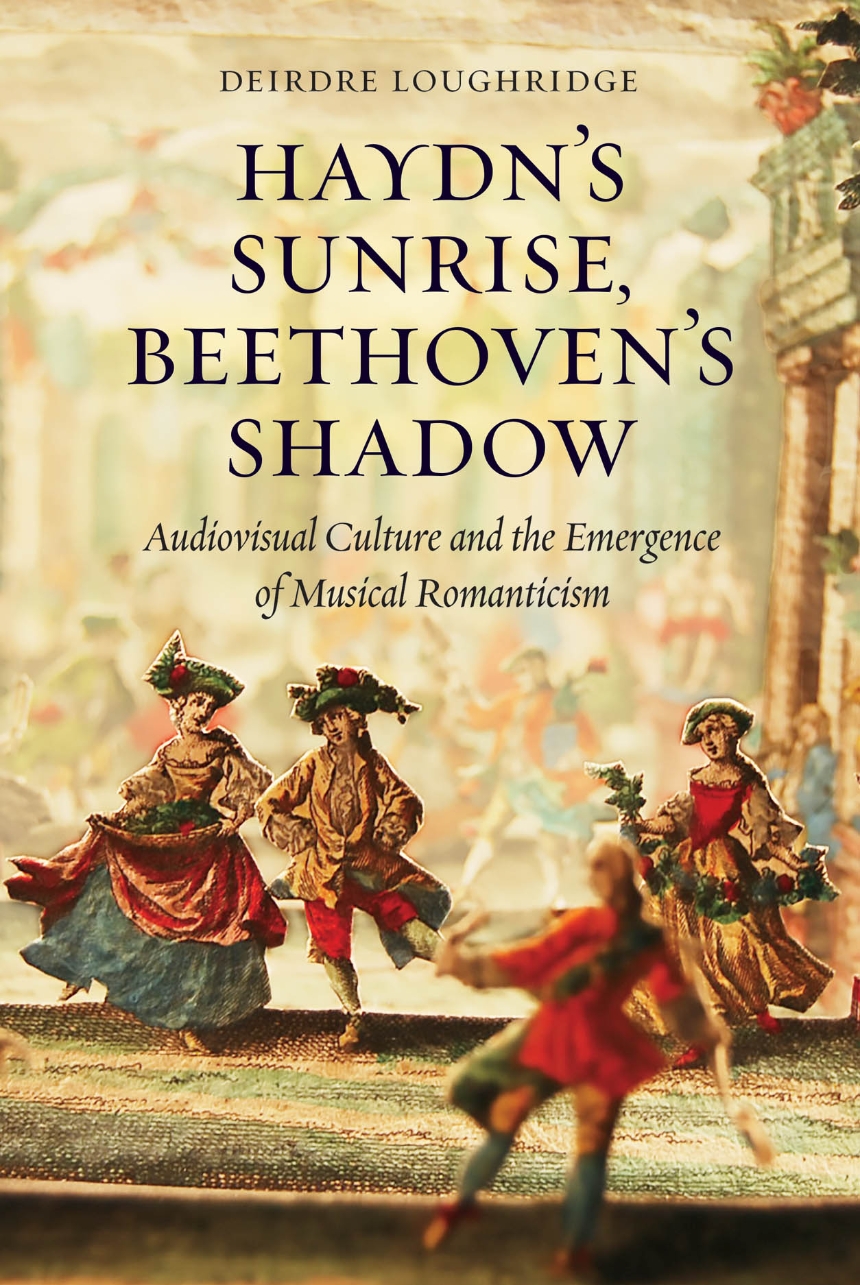Haydn’s Sunrise, Beethoven’s Shadow
Audiovisual Culture and the Emergence of Musical Romanticism
9780226337098
9780226337128
Haydn’s Sunrise, Beethoven’s Shadow
Audiovisual Culture and the Emergence of Musical Romanticism
The years between roughly 1760 and 1810, a period stretching from the rise of Joseph Haydn’s career to the height of Ludwig van Beethoven’s, are often viewed as a golden age for musical culture, when audiences started to revel in the sounds of the concert hall. But the latter half of the eighteenth century also saw proliferating optical technologies—including magnifying instruments, magic lanterns, peepshows, and shadow-plays—that offered new performance tools, fostered musical innovation, and shaped the very idea of “pure” music. Haydn’s Sunrise, Beethoven’s Shadow is a fascinating exploration of the early romantic blending of sight and sound as encountered in popular science, street entertainments, opera, and music criticism.
Deirdre Loughridge reveals that allusions in musical writings to optical technologies reflect their spread from fairgrounds and laboratories into public consciousness and a range of discourses, including that of music. She demonstrates how concrete points of intersection—composers’ treatments of telescopes and peepshows in opera, for instance, or a shadow-play performance of a ballad—could then fuel new modes of listening that aimed to extend the senses. An illuminating look at romantic musical practices and aesthetics, this book yields surprising relations between the past and present and offers insight into our own contemporary audiovisual culture.
Deirdre Loughridge reveals that allusions in musical writings to optical technologies reflect their spread from fairgrounds and laboratories into public consciousness and a range of discourses, including that of music. She demonstrates how concrete points of intersection—composers’ treatments of telescopes and peepshows in opera, for instance, or a shadow-play performance of a ballad—could then fuel new modes of listening that aimed to extend the senses. An illuminating look at romantic musical practices and aesthetics, this book yields surprising relations between the past and present and offers insight into our own contemporary audiovisual culture.
328 pages | 5 color plates, 33 halftones, 68 musical examples, 4 tables | 6 x 9 | © 2016
Art: Art Criticism
Culture Studies:
History: History of Technology
Music: General Music
Reviews
Awards
The Center for Eighteenth-Century Studies at Indiana University: Oscar Kenshur Book Prize
Won
